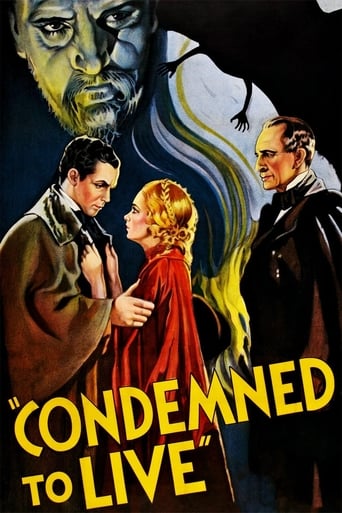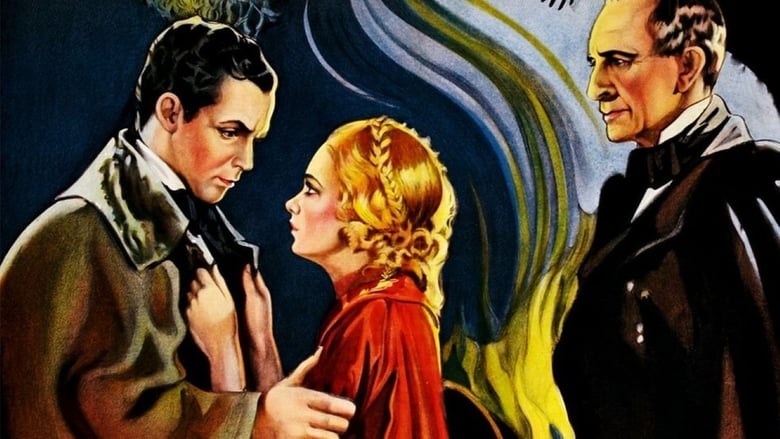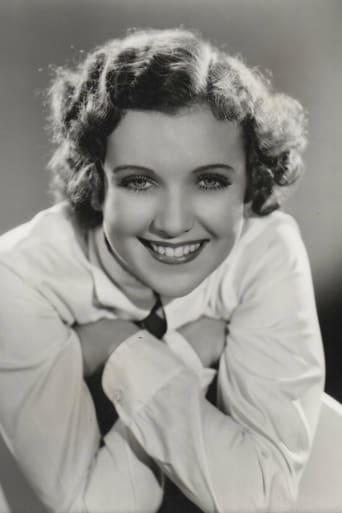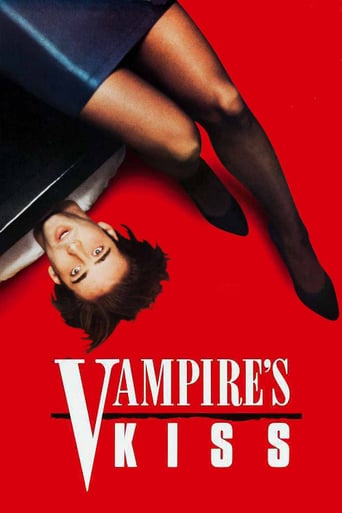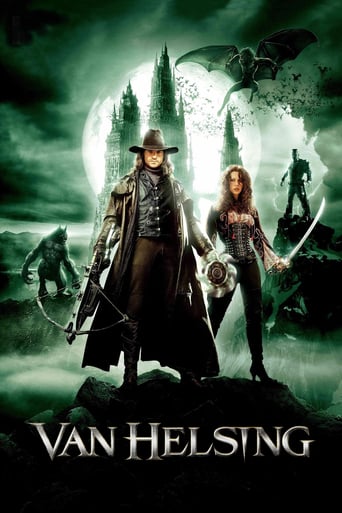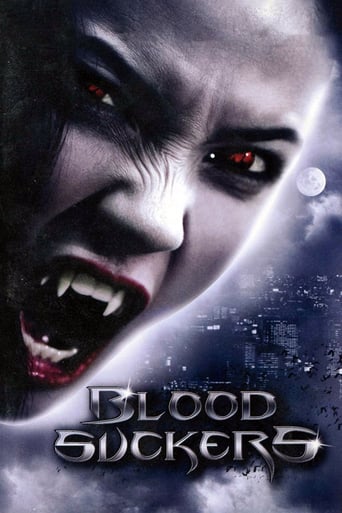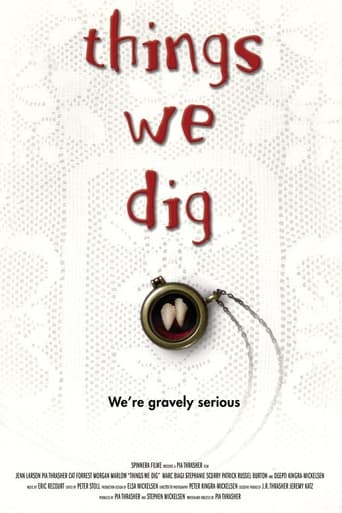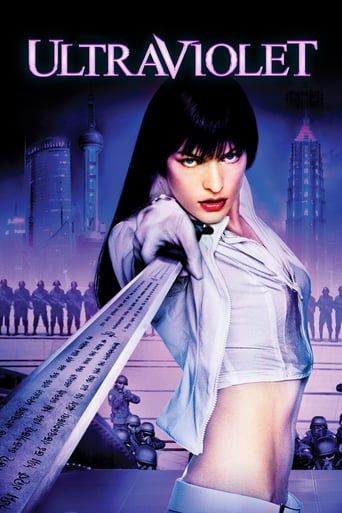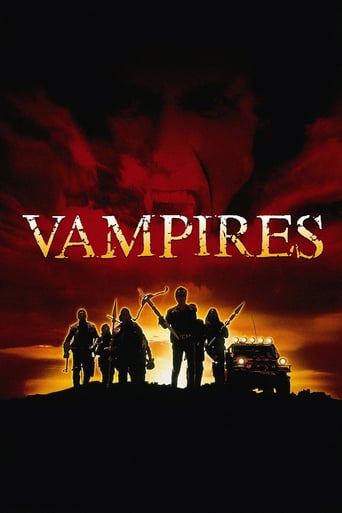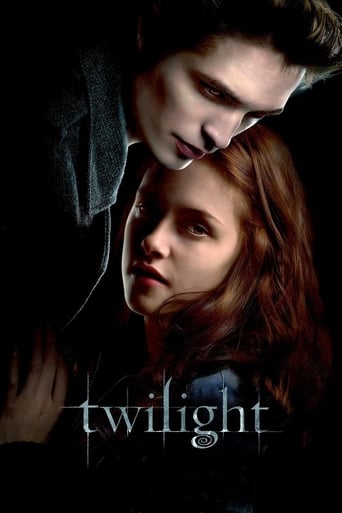Condemned to Live (1935)
After a series of murders, a man finds out that his mother was bitten by a vampire bat during her pregnancy, and he believes that he may be the vampire committing the murders.
Watch Trailer
Cast


Similar titles
Reviews
This is one of the best movies I’ve seen in a very long time. You have to go and see this on the big screen.
A terrific literary drama and character piece that shows how the process of creating art can be seen differently by those doing it and those looking at it from the outside.
The plot isn't so bad, but the pace of storytelling is too slow which makes people bored. Certain moments are so obvious and unnecessary for the main plot. I would've fast-forwarded those moments if it was an online streaming. The ending looks like implying a sequel, not sure if this movie will get one
The thing I enjoyed most about the film is the fact that it doesn't shy away from being a super-sized-cliche;
A pregnant woman is bitten by a vampire bat. Years later, a village is terrorized by a series of murders and the woman's baby, now grown and a respected professor, believes he might be the killer. Is he a vampire? Probably not or else this might be more well-known.Well this is interesting. A neat little (sort of) vampire movie I'd never heard of nestled away in 1935, the same year as Mark of the Vampire. Ralph Morgan stars as the professor. There's also a hunchback played by Mischa Auer. Shot on Universal sets, which helps a lot. Romantic subplot about a young woman (Maxine Doyle) in love with a guy while being engaged to Morgan's character, thirty years her senior, is a negative. Doyle was not a good actress. At least there was no annoying comic relief. The movie never quite lives up to the strong opening but it's perfectly watchable and even atmospheric in some scenes. Slow-going but worth a look for classic horror fans who think they've seen everything.
'Condemned ' doesn't repeat Strayer's earlier movie about bloodsucking in a peaceful village. The story lines are unlike. This one should of been both more romantic and unnerving. 'The Vampire Bat' wasn't about _vampirism, but about crazy science, an insane scientist, hypnosis, a henchman . 'Condemned ' is about _vampirism, it has much more drama (which would of required a better cast), no comedy. It brings a natural explanation to _vampirism, and in both movies the _vampirism is related only to bloodsucking, but not to any unholy things whatsoever. Here, there's no copper, but a rival. For those who complain about humor in suspense movies, we are completely spared of it, the chills are straight.A peaceful village, a cave and its pit . Also, the villagers with torches. The eeriness in both is basically natural: a disease here (and the giant bats are real, though they live in the depths of Africa), the hypnosis in the earlier movie.The script depends much more on drama (and here, the cast dis-serves it), not at all on comedy, Kristan, as played by R. Morgan, is wholly bland, though doomed, a bland altruist stricken by a disease; Maxine Doyle is banal, and more naughty and knowledgeable than a village ingénue. The cast has Auer, whose role was smaller than advisable; in an earlier movie, also by F. Strayer, he had been the illegitimate son of a wealthy man, and made a good role. The script offers a romantic drama, but Kristan (one of the medicine professors who practiced in peaceful villages) should of been more keenly characterized, while Maxine Doyle looks nothing like her role. When the stepfather Bizet arrives, the professor seems surprised, though he had informed his guest about his plans to marry. And the denouement in the cave comes off as less grand than needed, with the villagers turned suddenly into a sympathetic crowd.So, in a sense, Frank Strayer did return to his peaceful village, but to shoot an entirely different tale. Here, the names are fancier: Kristan, Bizet . In fact, Strayer tries here a new thing, positively strives not to repeat himself, to acknowledge another template, for a dissimilar plot. The supporting players, mainly Auer, but also the foster father and the girl's father, upstage the leads. The overtones of sexual pathology perhaps required better scenes, according to later criteria; but within the age's code, the dissonances are spelled as explicit as possible (the manservant Zan is a double of the professor, and like a son, signifying the inner deformity; the girl is another double, not inner, not interiorly, but as mirroring his repression and denial).'Condemned ' is a movie about _vampirism understood as a disease; it also links this illness with morbid sexuality, the girl's bland sentimentality, guessed by both Bizet and the professor's rival, mirror the vampire's unacknowledged _pulsions, and both the professor and his fiancée are trapped in an unhealthy relationship to deny their genuine leanings (wholly morbid, his; entirely sane and ordinary, hers). The paternity plays an important role: Bizet is the professor's foster father, the professor himself is like a foster father to Zan, the oaths of the girl's father prove worthless. So, the seeming paradox is that this movie will at once endear Strayer's fan, and disappoint slightly; as its style is what at once endears, and proves insufficient. The script could of been better, though it's uncanny enough as such; but even with the one given, a better cast was needed, one more glamorous and striking. The earlier movie had been a sure recipe, and meant as such; the later one tries a new territory: gloomy drama, and it needed a dependable cast, and even Auer, underused here, had been better filmed by the very same director.There's a bit of effective music I recognized from another '30s chiller.R. Morgan and Maxine Doyle weren't the most enjoyable leads. The professor comes across as not only understandably weakened, but positively repugnant and lecherous. In an earlier Strayer movie, Auer had been much better showcased.
I'd never heard of this film but it's worth a look for those who can put up with 1930's style film-making and especially for genre fans.The story has elements of Jeckyll and Hyde and it has psychological overtones of the main monster character that help it. These elements help keep it fresh despite the hunchback and dated directorial non-touches and lack of much on screen violence. But the aftermath of the killings and good acting of Ralph Morgan help. The final scene is suspenseful as well and of course the whole thing is over pretty quickly, but still manages, thanks for Karn DeWolf's script to pack in quite a bit of character complication.Nice production values but the director, Frank Strayer, shows little flair. Then again he keeps things moving and the acting is good. Alpha Video copy I watched was "okay" looking a better source print is unlikely to turn up, but the movie deserves some restoration and recognition.
Ralph Morgan plays a kind-hearted doctor, known throughout his community for his wisdom and charity, that has a terrible secret he does not even know. It seems when he was born he was marked by a vampire bat....and now in his middle age the terrible strain of over-work has caused his affliction to surface. He passes out whenever total darkness envelops him and turns into a hideous monster that rips the throats of the townsfolk. This is a pretty good, ole creaky film from Invincible Films(?). It is a low-budget thriller to be sure, but has a lot of heart behind it and is quite a satisfying story. Ralph Morgan, brother of the Wizard of Oz'z Frank Morgan gives an interesting performance. He is adequate as a man torn apart with this terrible malady as he calls it. The rest of the cast is pretty good too with Mischa Auer standing out as a hunchback and Pedro de Cordoba excelling as a friendly doctor. What I really liked about the film was its rather blatant symbolism about the light and the darkness and how each brings out a different persona..

